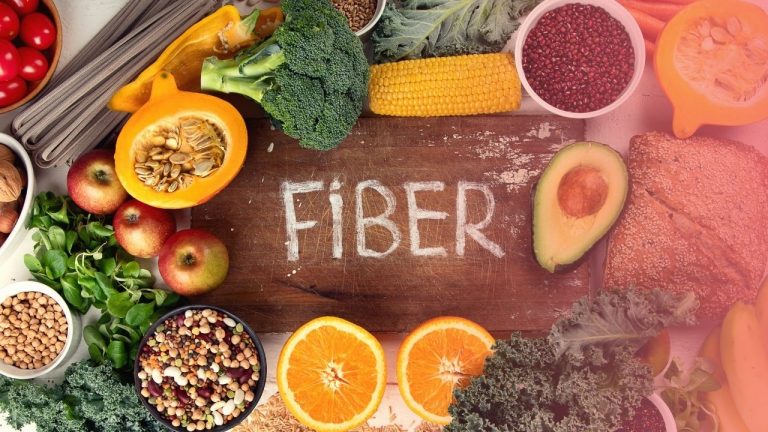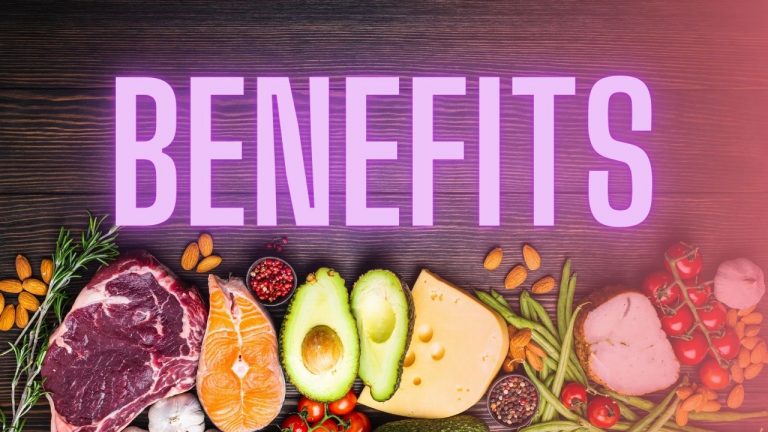What are Net Carbs: A Guide to Understanding Carbohydrates
Like most people, you probably think of carbohydrates like bread, pasta, and other starches. You may not know that there are different types of carbohydrates, and some are better for you than others. This blog post will discuss what net carbs are and why they are essential for your health!
What are carbohydrates, and what do they do for the body?
Carbohydrates are macronutrients and are one of the three main ways our body obtains its energy. The other two are fats and proteins. Carbohydrates are essential for the body to function correctly.
Carbohydrates can be found in many different foods, including bread, pasta, rice, potatoes, fruits, and vegetables. They are also found in sugary foods such as candy and soda.
The body breaks down all carbohydrates into glucose, which is then used for energy. The speed at which the body breaks down carbohydrates into glucose is called the glycemic index.
The glycemic index measures how quickly blood sugar levels rise after eating food. Foods with a high glycemic index raise blood sugar levels more rapidly than foods with a low glycemic index.
There are two types of carbohydrates: simple and complex. Simple carbs are made up of one or two sugar molecules found in foods such as candy and fruit. Complex carbs are made up of three or more sugar molecules and are found in foods such as bread, rice, and pasta.
What is the difference between net carbs and total carbs?
Net carbs are the total carbohydrates in a food minus the fiber content. The difference between net carbs and total carbs is that net carbs do not include fiber.
Fiber is a type of carbohydrate that your body cannot digest, so it does not impact your blood sugar levels the way other carbohydrates do. For this reason, many people on low-carb or ketogenic diets choose to count net carbs instead of total carbs.

How to calculate net carbs?
If you’re following a low-carbohydrate diet, you may be wondering how to calculate net carbs. Net carbs are the total amount of carbohydrates in a food minus the amount of fiber. For example, if a food contains 30 grams of carbohydrates and 15 grams of fiber, the net carb count would be 15 grams.
While the term “net carbs” is not officially recognized by the FDA, it is a commonly used counting carbohydrate on a low-carb diet. If you’re following a low-carb diet, you may want to calculate net carbs to stay within your daily carbohydrate intake goals.
To calculate net carbs, subtract the amount of fiber from the total amount of carbohydrates. For example, if a food contains 30 grams of carbohydrates and 15 grams of fiber, the net carb count would be 15 grams.
You can also use this method to calculate the net carbs in a meal or recipe. Subtract the total amount of fiber from the total amount of carbohydrates.

What are examples of foods with high and low net carbs?
High net carbs
Grains – Low in protein and fat, grains are nearly all carb – specifically, starch. That includes bread, crackers, pasta, rice, cereal, and oats.
Fruit – Fruits are packed with vitamins, minerals, and fiber and contain sugar. All that natural sugar quickly adds up to a high carb count.
Starchy Vegetables – Starchy vegetables, like potatoes and corn, are higher in carbs than non-starchy veggies.
Legumes (Beans, Peas, Lentils) – Beans, peas, and lentils are all high in carbs. But they’re also high in fiber and protein, making them a good choice for people watching their net carb intake.
Sugar and Sugar-Sweetened Foods and Beverages – This one’s pretty obvious: Foods and drinks high in sugar are also high in carbs. That includes everything from candy and cake to soda and sports drinks.
Low net carbs:
Eggs (Almost Zero) – Eggs are among the world’s healthiest and most nutritious foods.
Butter and Cream (Low) – Butter and cream are high in fat but low in carbs.
Nuts and Seeds (Low) – Nuts and seeds are healthy, high-fat, low-carb foods.
Avocados (Very Low) – Avocados are a unique fruit. Most fruits are high in carbs, but avocados are low in carbs and high in healthy fats.
Cauliflower and Broccoli (Very Low) – Cauliflower and broccoli are two of the most popular vegetables. They’re both deficient in carbs.
What are the benefits of following a diet that is low in net carbs?

Fast Weight Loss – One of the most significant benefits of a low net carb diet is the rapid weight loss that many people experience.
Low-carb diets have a reputation for producing fast weight loss without feeling hungry or needing to count calories. Many people experience weight loss following a low-carb diet even if they’ve tried “everything else” and never got the results they were looking for.
Reduced Risk of Metabolic Syndrome and Heart Disease – Low-carb diets can also help to lower your risk of developing metabolic syndrome and heart disease.
Metabolic syndrome is a condition that’s closely linked to insulin resistance, which is when your body can’t effectively use the hormone insulin. Insulin resistance is a significant factor in type II diabetes and heart disease.
Lower Risk for Type-2 Diabetes – Following a low-carb diet can also help to lower your risk for developing type-II diabetes.
Type-II diabetes is closely linked to insulin resistance, and as we mentioned above, a low-carb diet can help to improve insulin sensitivity.
Help Fighting Cancer – There is some evidence to suggest that a low-carb diet may also help in the fight against cancer.
Cancer cells thrive on sugar, so cutting down on carbs may help to starve them out. Additionally, a low-carb diet can help to improve insulin sensitivity, which can also play a role in cancer prevention.
Fewer Cravings and Not Going Hungry – When you’re following a low-carb diet, you may find that your cravings for sugary and starchy foods start to disappear.
When you reduce your carb intake, your body starts to burn fat for energy instead of sugar. This can lead to fewer cravings and less hunger in general.
How to make the switch to a low-net-carbohydrate diet?
Making the switch to a low-net-carbohydrate diet is pretty simple. The first step is to familiarize yourself with which foods are high in carbohydrates and which are not. Once you understand that, it’s simply a matter of making some adjustments to your diet.
One of the best ways to switch to a low-net-carbohydrate diet is to start by cutting out processed foods. Processed foods are typically high in carbohydrates, so getting rid of them is an excellent way to reduce your net carb intake
